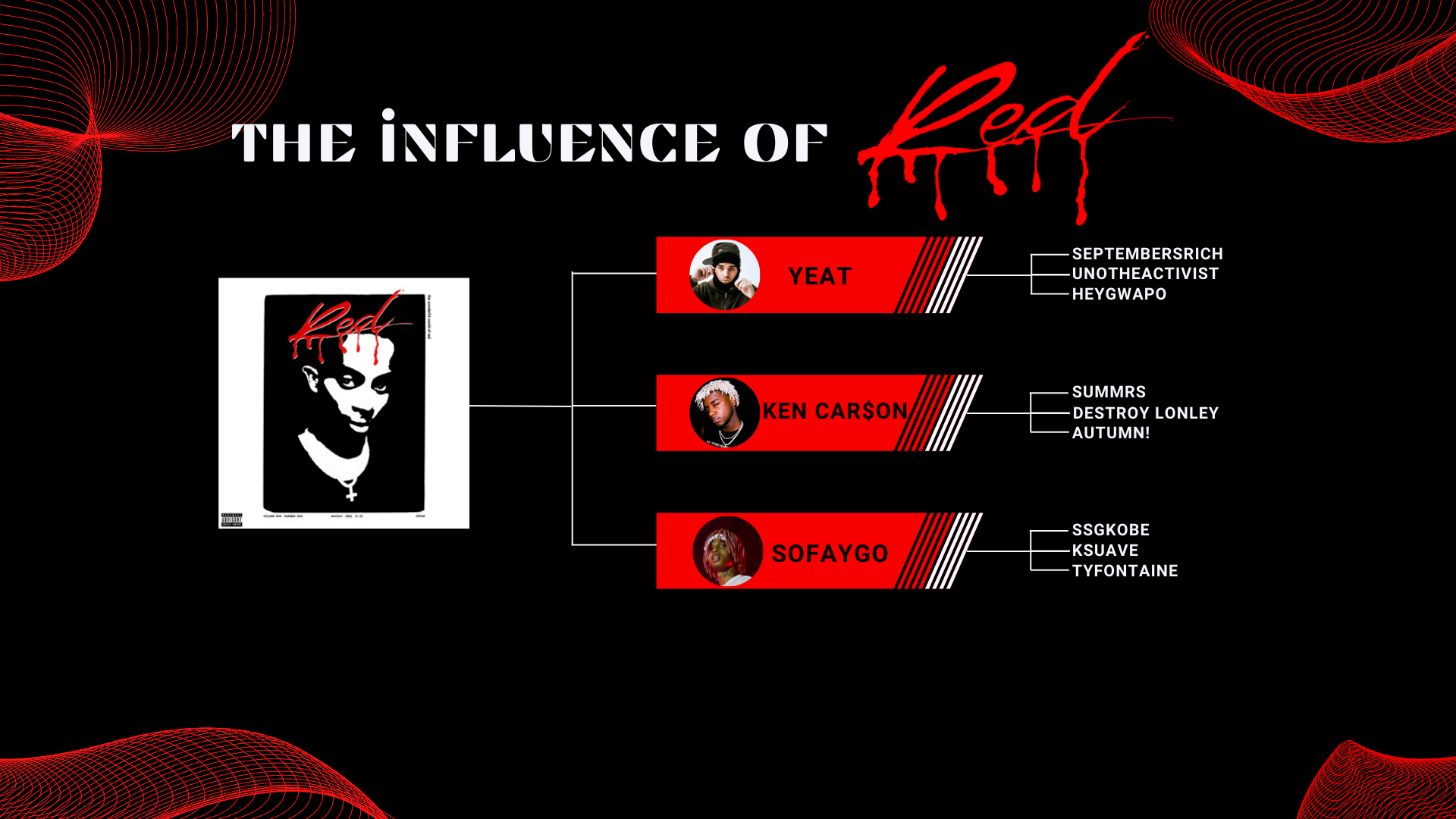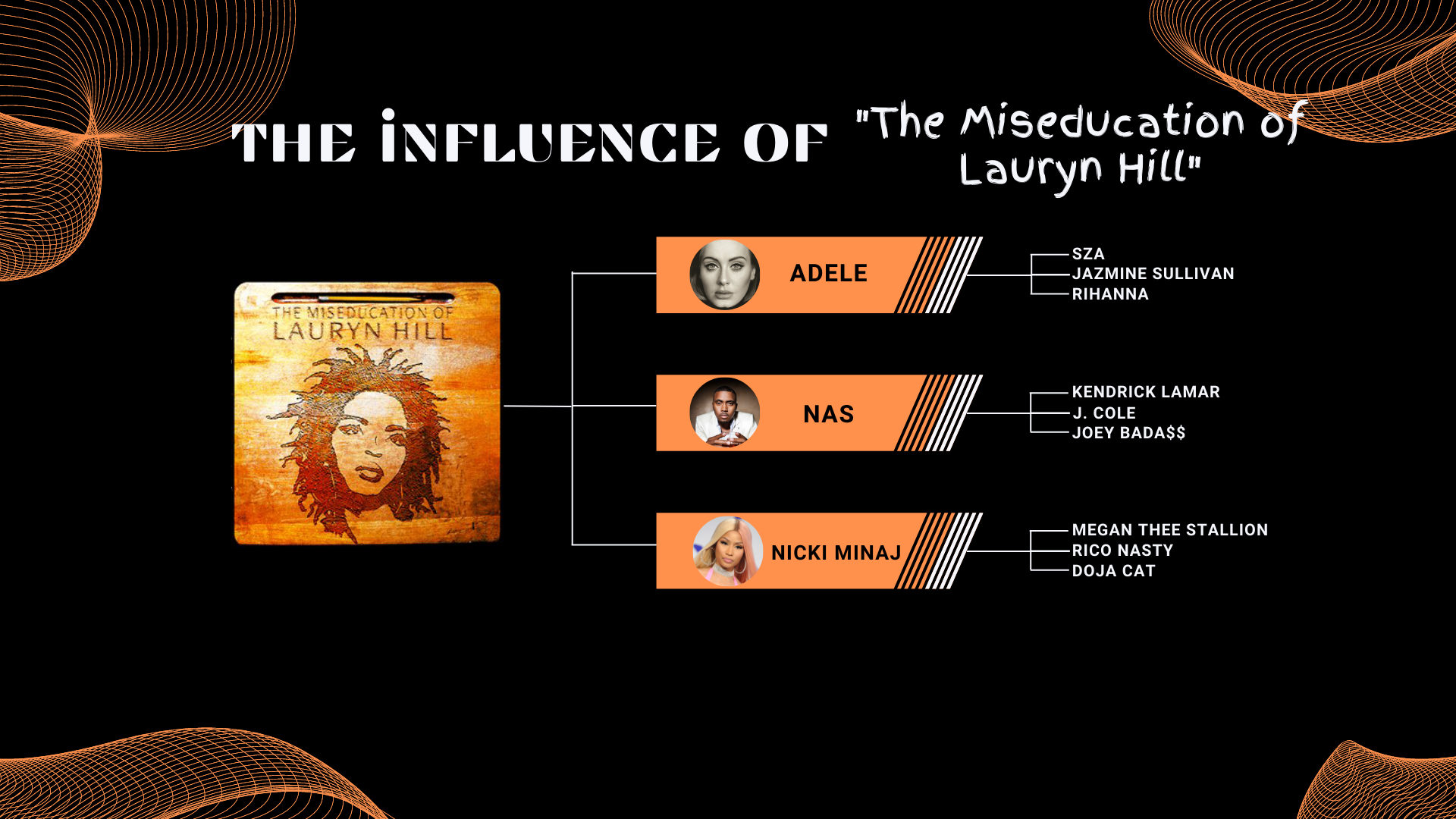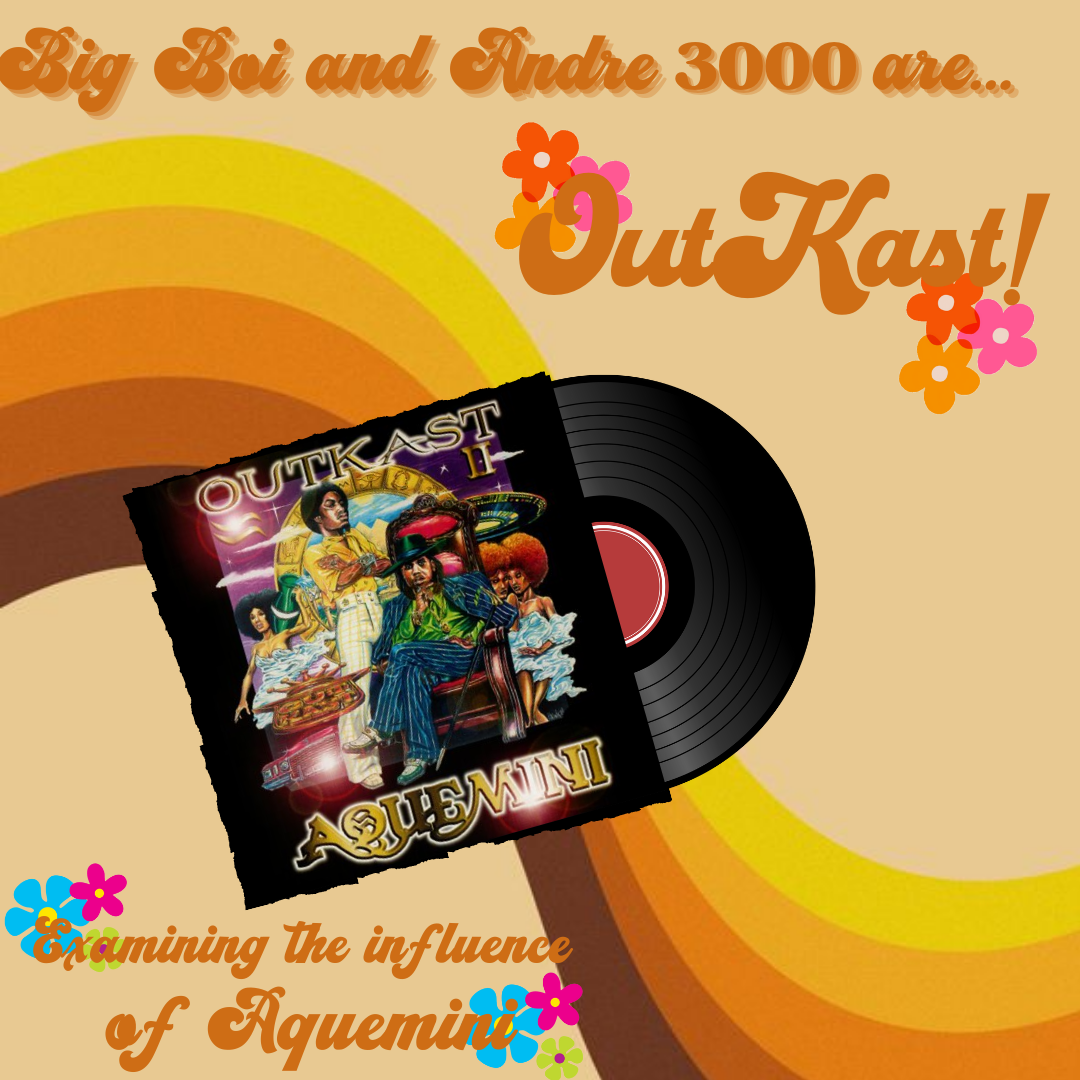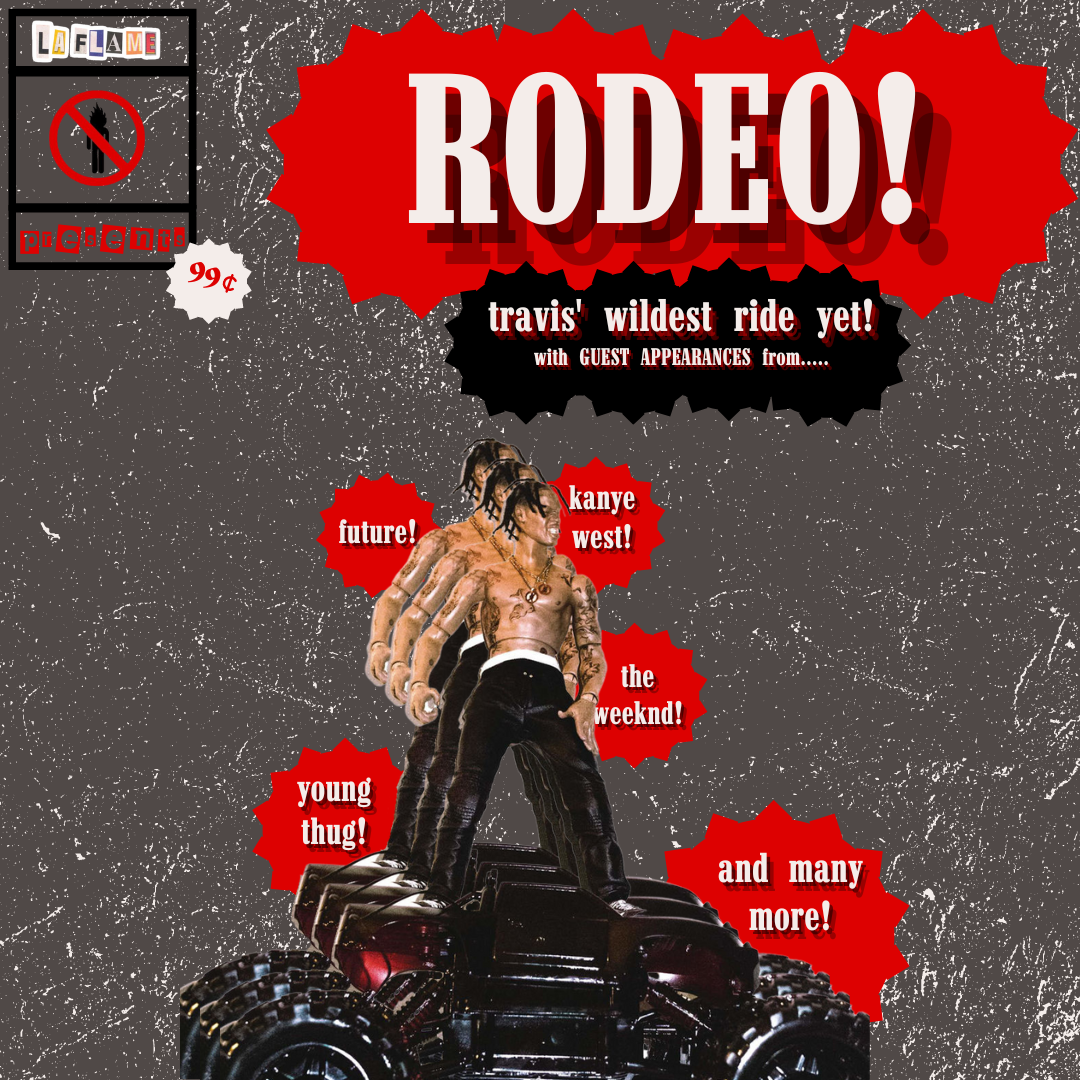From Fashion to Live Shows, “Whole Lotta Red’s” Early Influence on Rap
by Quintin Hollomand
When thinking about the most influential hip hop albums in history, it’s easy and deserving to acknowledge albums like 808s and Heartbreaks by Kanye, or Midnight Marauders by A Tribe Called Quest, but what is harder, is to acknowledge the more recent work that is arguably just as influential, if not more.
It’s hard to imagine an album that has had such a forward thinking and culture shocking grip on the rap community than Whole Lotta Red by Playboi Carti. Since its release at the very end of 2020, Whole Lotta Red has proven to be one of those albums that changes the course of hip hop forever. From its early rejection by many fans and critics, to its ripple effect still almost 2 years later, Playboi Carti has implemented new approaches to hip hop aesthetics, rollouts, and live performances that have solidified him and this album as the bar for future projects. I’m going to be talking about his process of making this album, what happened in the rap community upon its release, and the amazing influence it has had on hip hop since 2020.
Less than a year after Carti’s prior album, Die Lit released, he mentioned his new project set to come out titled, Whole Lotta Red. As Carti wrapped up his Neon tour and many festival performances, the rap community had Carti in somewhat of a spotlight. His music was already known for being subject to leaks and snippets, but what would come in the next year and a half would alter the progress of his album and change the course of what he eventually put out. 2019, 2020, and 2021 were filled with Playboi Carti leaks left and right. Songs like Bouldercrest, Skeletons, No Lie, and Molly amongst countless others flooded SoundCloud and Youtube. The infamous Pissy Pamper leak would top the Spotify charts as an unofficial release by a fan, and crowds would sing the lyrics to unreleased songs at his shows word for word. This was the WLR v1 era. These songs were all very reminiscent of Die Lit, with many of these leaks being produced by Pi’erre Bourne. At this point, this was what fans wanted and hoped Carti released, but the more songs leaked, the more apparent it became that these would never make the official project.
Next came the WLR v2 era with more commercial sounding songs like SRT ft Lil Uzi Vert, Movie Time, and Act a Fool. These were audibly different than v1 and the Die Lit era, and we now knew Carti’s sound was changing.
Constant snippets and song leaks held the album back to the point where Carti rethought the entire theme and aesthetic of himself and album. This is where we begin to see his semi-feminine and vamp persona come to life. With a rare social media presence and practically no up to date interviews, fans had no idea when to expect WLR other than a vague, ‘in 2020’ statement he made prior. Finally, with hints from DJ Akademiks and other outlets, fans expected the album to come on Christmas of 2020, which it did.
The album was met with mixed feelings from his fans and the rap community. It received actual hate(not to be taken lightly) online and many vowed never to listen to it again. However, many saw this as a new direction that had never been taken before and were open to this new idea. The punk-rock inspired album was something nobody expected to come from Carti. The production was new; his lyrical delivery was new; everything was unapologetically new. It took a few weeks for it to really sink in, but the energy it brought was undeniable.
Production came mainly from F1lthy and Art Dealer, who with along other loopmakers, curated the aggressive synths and distorted drums. A great deal of credit falls on these producers for experimenting with such gritty synths and dark yet happy chord progressions; they provided Carti the opportunity to try new things vocally. The song Stop Breathing is truly in its own subgenre of rap. The compressed/distorted 808, crunched hi hats and snares, paired with lyrics centered on Carti’s involvement in gang life, make one of the most energetic songs of all time; one that few can actually relate to, but all can mosh to. Control provides us with one of the more introspective songs in Carti’s discography. It gives us an emotional break from the aggressiveness of the album.
A year into its release, it had still never been performed due to it being in the midst of COVID-19. However, hype around the Narcissist Tour (which became the King Vamp Tour), began to increase steadily. The constant scrapping of ideas made Playboi Carti that much more in demand, as fans couldn’t even get a good idea on his next move. The King Vamp Tour began, and with it, came countless viral internet moments that showcased just how impactful this album that was at first hated on, really was. At multiple tour dates, inspired by the album’s rager theme, fans rushed security checks and mobbed venue doors. At the Arizona stop, Carti played one song before the speakers blew out, canceling the rest of the show. It was moments like this that turned the album and live performances into more than just music, and into a right of passage for fans. The emphasis on live music is something that this new wave generation of rappers took and made their own.
The influence of Whole Lotta Red can be seen across the landscape of music. Not only did the solidified artists in the industry try their hand at rage inspired beats, but the new buzzing underground also took Whole Lotta Red ideas and made their wave a spin off of Carti and the album. Underground artists like Kankan, sgpwes, heygwapo, ssgkobe, and Yeat can trace a lot of their music ideas back to the blueprint Whole Lotta Red left. The synth leads, distorted 808s, aggressive lyrics, and emphasis on the performability of songs all come back to this album. At live performances these days, artists use the same lines Carti does to hype up crowds; I even heard The Kid Laroi yell, ‘open that sh*t up!’, which I didn’t expect but can respect. Social media has also been altered by Carti’s ideas. It’s now ‘in’ to have a mysterious and minimal Instagram presence. Blurry and poorly lit 0.5 lens photos are now in and here to stay.
The influence that Whole Lotta Red has had on hip hop in the recent two years is undeniable. It played out to be much larger than music and has inspired an entire new generation of artists that borrow from its ideas and themes to make it their own. The drastic acceptance of this album after its initial hate by many is amazing to realize and think about. It’s still very early in the album’s life, but I feel comfortable saying that Whole Lotta Red is one of the most influential hip hop albums in history.
Quintin Hollomand is a contributor.
Thanks for reading! Make sure to follow us on Instagram to stay up-to-date on everything hip-hop.





















